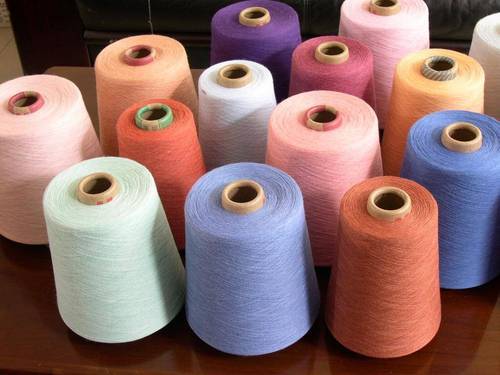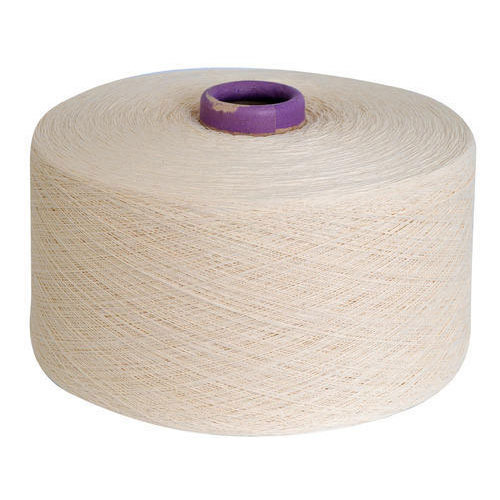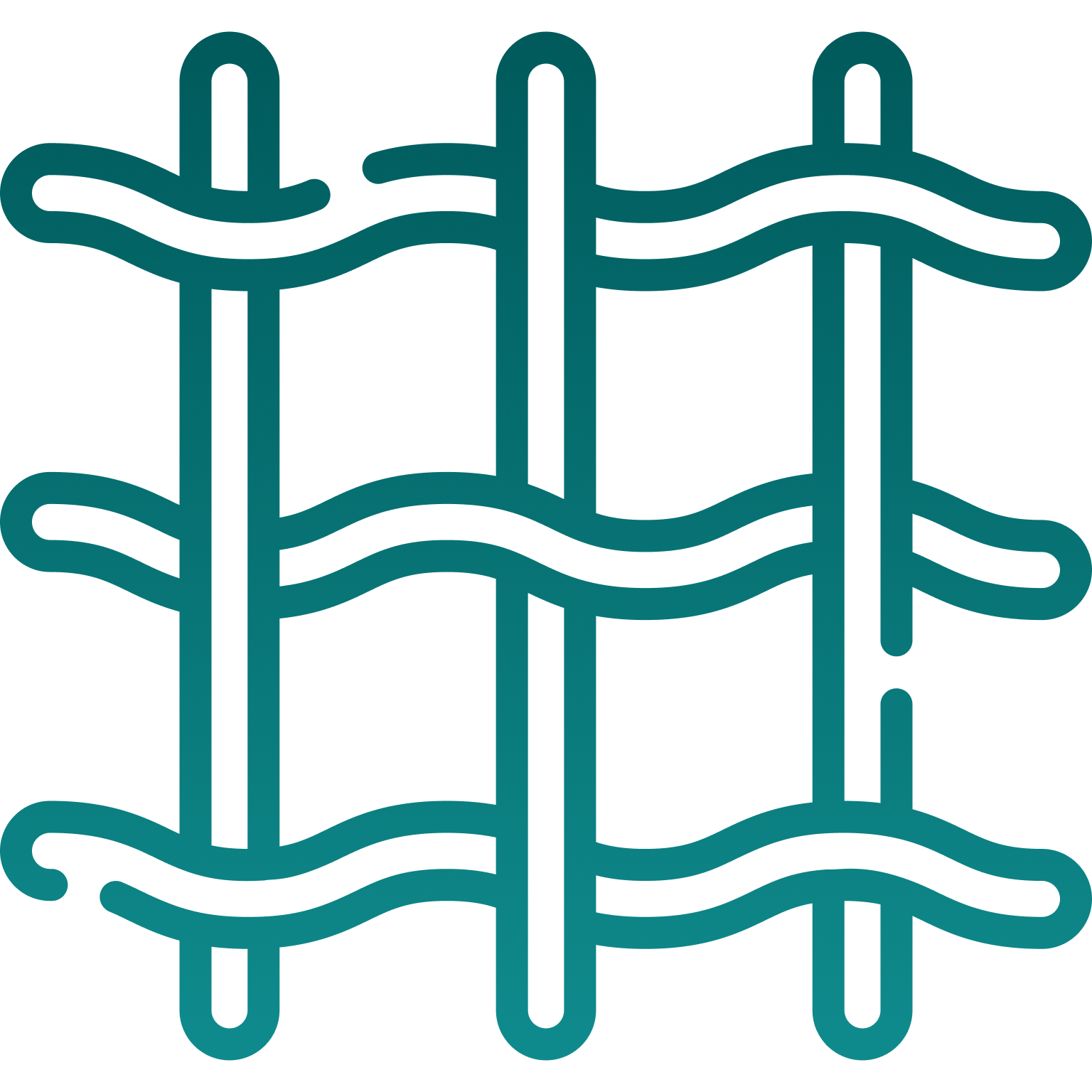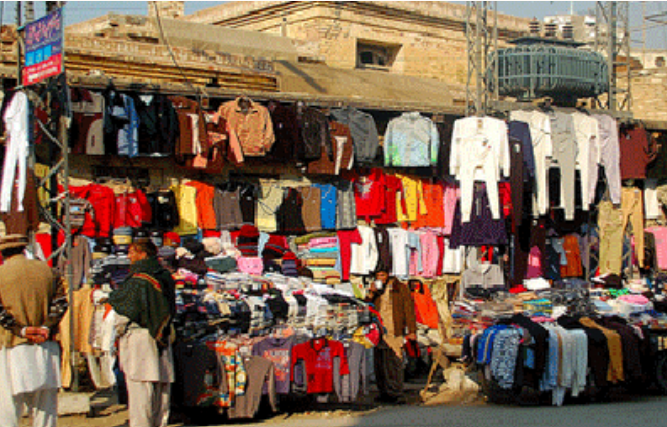Find More About Types of Yarn Textures
Yarn is a length of interlinked fibers and is used to make a variety of fabrics, as well as being used for crocheting, knitting, embroidery, and ropemaking. Yarn is the secondary raw material used to produce textile goods.
Yarn structure has a far bigger impact on the internal quality and the appearance of the textile. The fineness and twist of yarn are essential properties of yarn that should be chosen appropriately based on the yarn application.
Fineness refers to the yarn’s thickness, which ends up impacting the fabric’s appearance, handle, weight, and mechanical qualities. Twisting is a requirement for the formation of yarns from short fibers. It also affects the structure and qualities of the fabric by changing the yarn density, strength, and gloss. Yarns can be classified into different categories considering their material, spinning process, application, etc.

What are the types of yarn textures?
Spun and Filament Yarns
Yarn has two main categories which include spun and filament yarn however these are both vastly different in appearance, structure, and performance. Spun yarn is made of short fibers and is made of raw materials such as cotton and wool. Filament yarn is made from long, continuous filaments and is made up of materials such as polypropylene and nylon.
All-natural fibers except silk are considered to be spun fibers that are hairier, softer, and less glossy than filament yarn and are the preferred type of yarn to manufacture clothing. Filament yarns on the other hand can be natural or synthetic. Offering a high level of uniformity and strength.
Single-ply and Multi-ply Yarns
Spun yarns are classified into single-ply and multi-ply yarns, The spun or staple yarn having one ply is called single-ply yarn whereas a multi-ply yarn is a yarn made up of more than one ply twisted together. Plied yarns are more durable and less susceptible to pilling.
Flat and Textured Yarns
The two kinds of multifilament yarns are flat and textured yarns, multifilament yarns having a low twist count are flat yarns. What characterizes these yarns is low bulk, low covering power, and low stretch which makes the fabric smooth and lustrous.
Ring and Open-end Yarns
Based on the spinning process spun yarn can be divided into two categories; Ring Frame yarn and Open-end yarn. Ring spinning is a method to manufacture yarn from fibers such as cotton, flax, or wool. Ring-spun makes fabric visual, tactile, and aesthetic and gives it elastic fabric qualities which is great for a wide range of applications. The apparel textile industry including shirts, trousers, nightwear, blouses, overalls, jackets, skirts, sheeting, curtaining, and others all use ring-spun yarns.
The fibers in an open-end yarn strand are not as parallel as those in the ring-spun yarn which tends to promote elongation. The open-ended yarn has a lot of benefits when compared to ring-spun yarn: weaker, higher elongation at break, more uniform, better abrasion resistance, less hairy, less shedding, bulkier, and larger yarn packages with no knots.

Slub Yarn
Slub yarn is a yarn with fixed-size thick spots at regular intervals and can either be single-ply yarn or multi-ply yarn. These thick spots are made by altering the tightness of the yarn’s twist at different intervals.
Zaraye provides a vast selection of cotton yarn at the best rates from leading brands on one platform. To get the best quality cotton yarn from all the leading brands at the best price download the Zaraye app now or contact us now to get a quote!















.png)

_1000.png)

